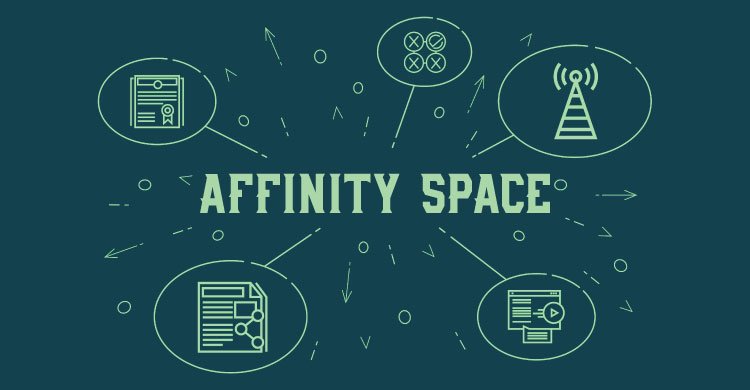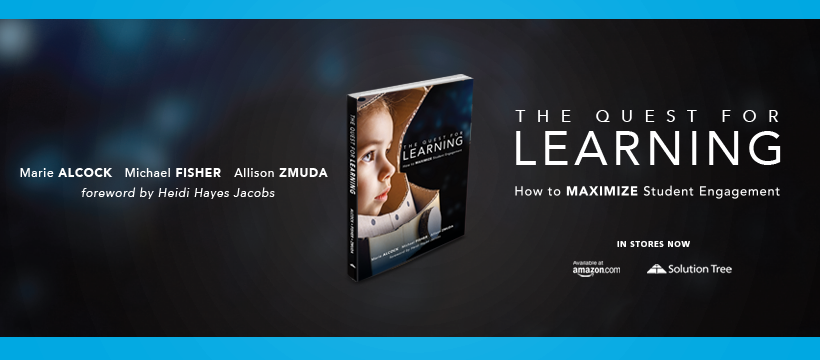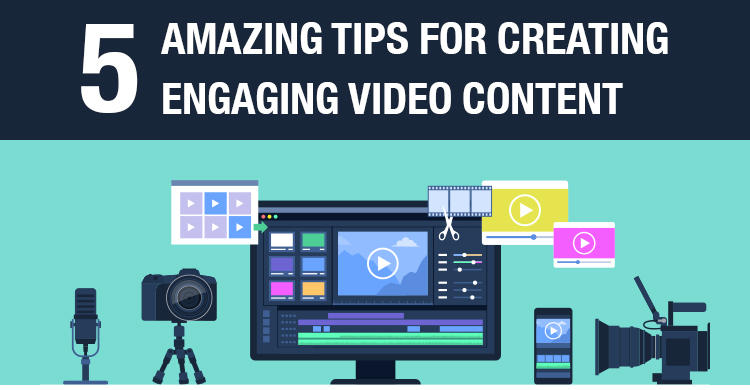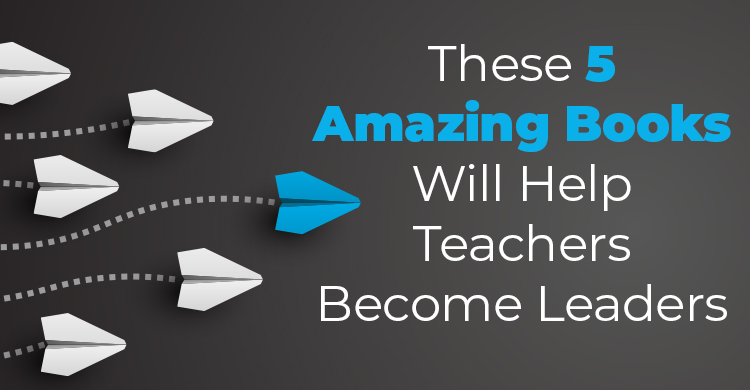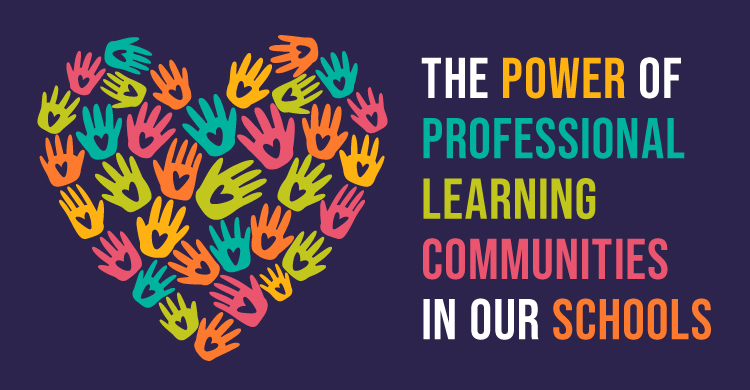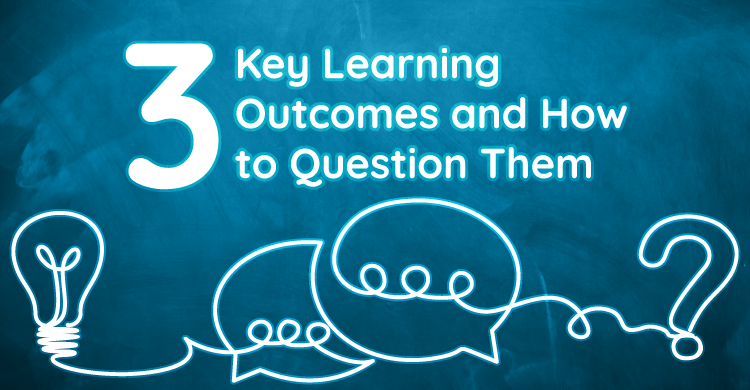When we write and share ideas with the world, we hope it will inspire conversations and new questions about how our work will impact professional practices. This is especially true for blog posts, where we can push the envelope a little further and be provocateurs who launch discourse. With social media, sometimes that discourse becomes more limited, as many readers align themselves with folks who agree with their own thinking. That’s not really discourse, though; it doesn’t push thinking or change anyone’s opinion or create actions toward better ways of doing things. Which brings us to the focus of this month’s blog post on affinity spaces.
Affinity Spaces
Affinity spaces, as described in our book, The Quest for Learning, are “learning environments where like-minded learners want to figure out something and pool their talents and resources to do so.” Memberships in these spaces:
- Are joined based on a common area of interest, passion, or purpose
- Are vibrant because of engagement with ideas
- Are temporary once the reason why (bullet #1) or quality of exchange (#2) is no longer needed
While our book advocates for the creation and exploration of affinity spaces in schools, we’d like to underscore the fact that educators, as lifelong learners, also need affinity spaces to improve their professional knowledge and practices.
An Affinity Space in Action
Please note that the following tweets are used with permission of those who tweeted.
As a result of our previous blog post on Generation Alpha, educators from Champlain Valley Union High School in Hinesburg, Vermont, tweeted the following:
Incredible & provocative. Thank you @allison_zmuda for continuing to push our thinking and practice. “We have to be ready for generation alpha immediately. We can’t continue to analyze and plan for action; we just need to act.” https://t.co/n2iRPeZM5x #vted #sblchat @VTEducation
— CVU Learns (@CVULearns) April 5, 2018
Because of their tweet, author and distinguished educator Rick Wormeli responded with this tweet, giving his professional opinion on what we wrote:
The article is compelling, but ‘have to disagree w/their 1st point, and am troubled that this mindset continues to be perpetuated, that focus on content won’t matter because it can always be looked up. Robust content in sts’s minds matters significantly in their learning.
— Rick Wormeli (@rickwormeli2) April 6, 2018
What’s interesting about this, at least initially, is that because of @CVULearns’ tweet, @RickWormeli2 was interested enough to read the blog post. Additionally, because of his response, @CVULearns picked it up, and now we have a conversation with like-minded learners. This is the beginning of affinity space learning.
The way they worded it, it seems to tip things towards skills primarily, not just raise their value in and of themselves, which I would support. Those skills in how to learn, how to think about things, how to make connections, problem-solve, develop versatility are all critical.
— Rick Wormeli (@rickwormeli2) April 6, 2018
Both @CVULearns and @RickWormeli2 are unpacking the blog post, giving further explanations, and adding their opinions about what they read. At this point in the conversation, we thought it would be a good idea to clarify our message, as the blog post was a distillation of ideas in our book.
Thanks, Michael. In our hurried, sound-byte world, sometimes all educators read is the quick blog & think they’ve captured the entirety of authors intent. I enjoyed everything in the blog, but gosh, I think the first element as described will be misinterpreted and misused.
— Rick Wormeli (@rickwormeli2) April 6, 2018
At this point in the conversation, we thought we would add additional information about transfer goals and the balance that is needed between content and skills, without it being a choice for the importance of one over the other, but @CVULearns started translating again:
All in all, it is essential that content and skills work together and that people don’t see them as competing for time and space in the curriculum
— CVU Learns (@CVULearns) April 6, 2018
With @CVULearns’s two additional tweets, the conversation comes full circle, and @CVULearns shares their conclusions as a result of participating in this conversation.
In subsequent conversations after this, @RickWormeli2 shared his own blog post entitled Memorization Still Matters, where he argues that having a level of foundational knowledge at the mental ready helps us to be ready to apply learning the moment we need it and promotes long-lasting learning. The blog post is chock full of moments of fluency and transfer, concepts we definitely advocate for in The Quest For Learning.
We’d like to thank both @CVULearns and @RickWormeli2 for contributing to this conversation and becoming part of our affinity space. We thought the way this unfolded on Twitter was amazing, and we look forward to continued conversations, both in person and online, with many more members of our affinity space.
To read more about affinity spaces, transfer, content, and skills, check out our book The Quest for Learning, available now from Solution Tree.
[author_bio id=”1258″]
[author_bio id=”1485″]
[author_bio id=”1344″]


